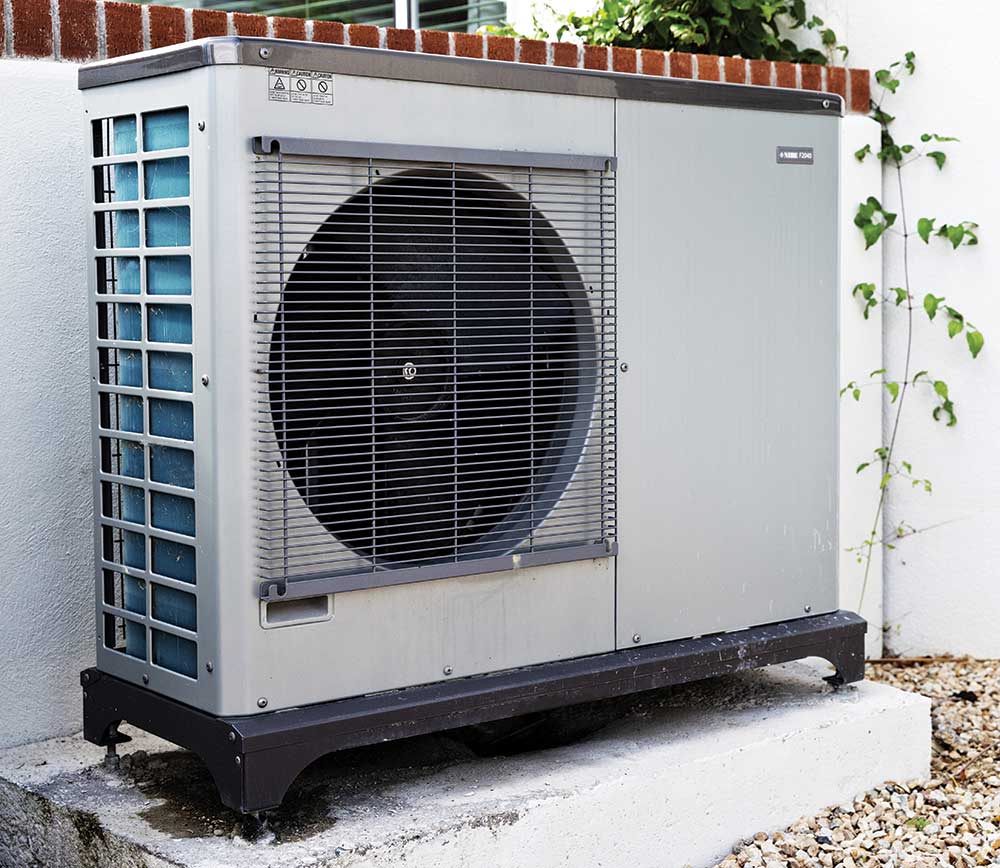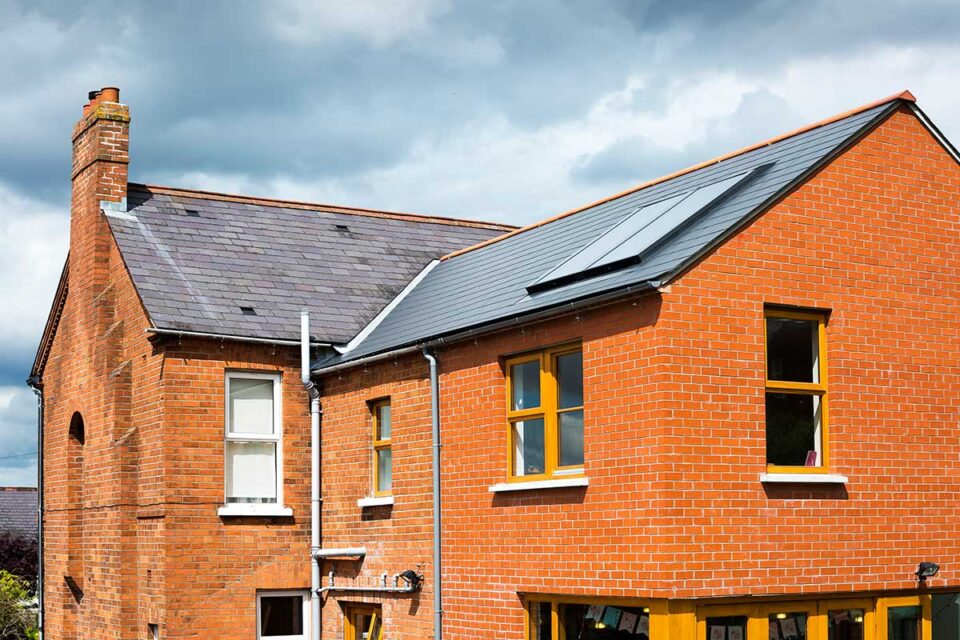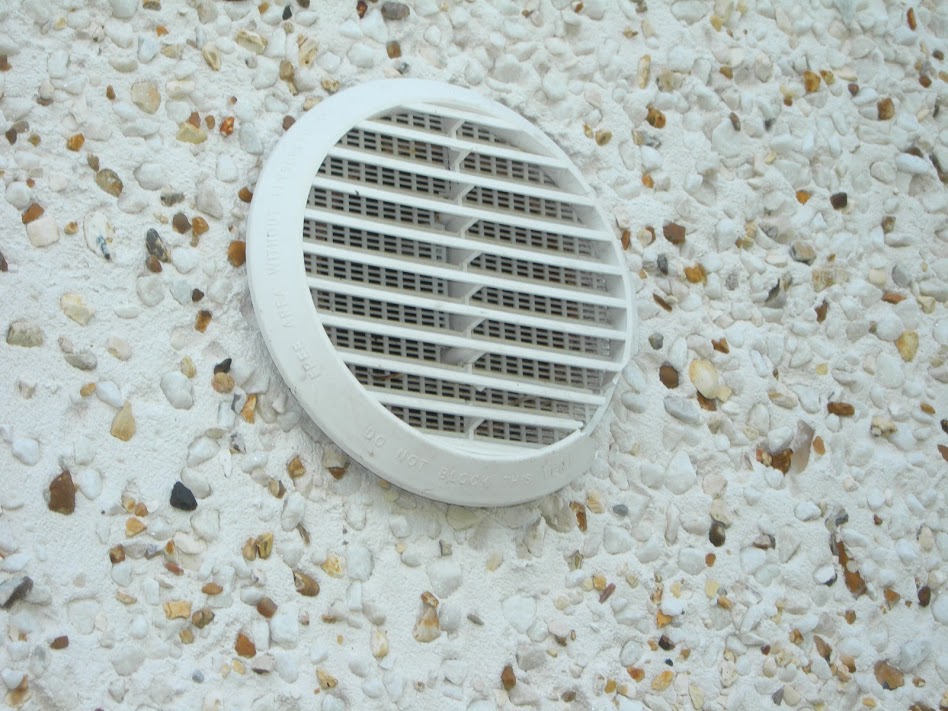In this article we cover:
- What COP is
- What other factors to consider when comparing heat pumps
- Factors that determine operating efficiency
- Importance of system sizing and installation
COP or the Coefficient of Performance is a measure designed to show how many kW units of heat you get out of 1kW of power consumed by the heat pump when operating.
Whilst COP is of course important to consider, you must first of all investigate which system is most suitable to your site – what are the soil and meteorological conditions like?
Also think how long the system will last and what maintenance is required. There is no point installing a system that needs replacing in five years’ time, considering the cost of replacement and upheaval in changing heating systems.
Bear in mind COP figures are tested in laboratory conditions and the reality on site may be very different, especially regarding air to water.
COPs range from 3 for basic air to water and 5 for geothermal systems or stream collectors measured at 2degC.
There are many more factors that determine operating efficiency, including the operating flow and return temperatures (ideally 35degC) to the heating.
Design and commissioning are critical to get a system to perform close to the laboratory COP results.
In fact, crucial to the successful installation of a heat pump is proper sizing – for example, a 15kW ground source heat pump running 2,000 hours/year for 30,000 hours will last you 15 years, if under sized to 10kW it will run 3,000 hours/year and last only 10 years.



















